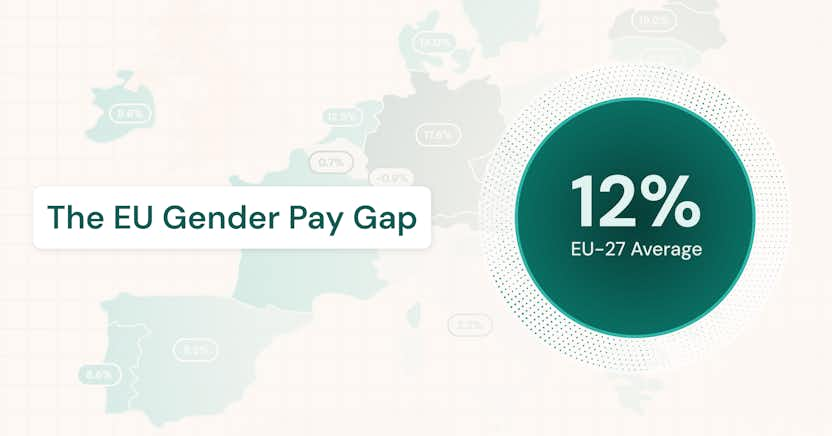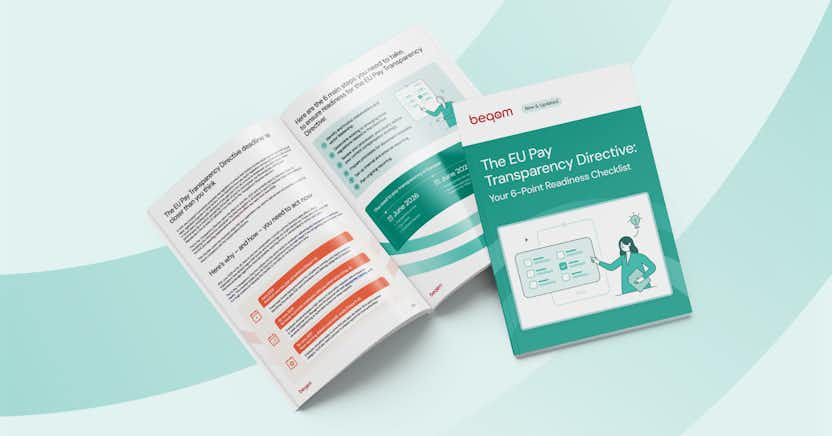Getting Results from Executive Compensation: Managing the Complexity

Learn more about the following beqom products
Executive compensation seems to be getting more complex every year. With good reason. Compensation committees want to align executive compensation with healthy behaviors that benefit the company, employees, and shareholders. That's why executive rewards typically involve long-term incentive plans (LTIP).
So, how can companies best manage executive plans to get the desired results?
Some recent research suggests there is a risk in elaborate executive compensation plans, yet stakeholders still need a way to ensure senior leaders are aligned with company goals. If companies don’t want to compromise on their objectives, then they need a way to effectively manage complex executive compensation.
Better compensation management systems can allow executive plans to be as sophisticated as needed to deliver results across all objectives.
Achieving goals with executive compensation
The goal of executive compensation, generally, is to tie the rewards for executives to the performance of the company, so that executives prosper when the company meets its goals. New SEC regulations in fact require detailed disclosure of the relationship between executive pay and company financial performance.
Beyond base pay and benefits, and sometimes short-term incentives, executive plans typically contain long-term incentives like stock, options, or deferred cash compensation. These rewards can be tied to both financial and non-financial goals.
Research published by the Darden Business School in April 2022 quantified and analyzed executive compensation complexity. Analyzing data from approximately 1,700 firms operating in the U.S. from 2006–2019, the researchers found that contract complexity increased over that time span.
According to the study, “These data suggest that the increased complexity over time is driven by firms incorporating more performance measures, more periods, and both absolute and relative performance conditions in later years.” Shareholders want to be sure their pay is yielding performance, not just in share price but in the company’s broader objectives.
What makes compensation contracts more complex?
The research identified several characteristics that correlate with more complex executive pay:
- Size. The larger and more complex the firm, the more moving parts need to be managed, each with its own goals and measures. What works for an SMB won’t work for a large enterprise.
- Growth opportunities. Leveraging opportunities may require more and different drivers than simply a rise in stock price, such as research, innovation, and human capital development. For example, firms with more R&D typically have more complex executive compensation contracts.
- Volatility of business operations. In volatile businesses or markets, the stock price may not be an accurate indicator of CEO performance, and more measures are needed to determine if the company is moving in the right direction.
- Sophistication of business operations. Where the business structure is complex, such as in a multinational conglomerate, or where there is significant merger and acquisition activity, compensation may need to be more complex as well.
Should executive compensation be simplified?
Executive comp becomes complex as companies become more granular in managing executive priorities to ensure that a wide range of goals are met. Including many objectives in the mix is supposed to ensure that execs don’t lose sight of the whole balanced scorecard of company goals.
But, the research shows that too many objectives and incentives can cause executives to lose focus, and company performance can actually suffer if some priorities get ignored. “More complexity in the contract can obscure how the payouts are achieved…[and] can lower executive performance if it makes it harder to focus on any one individual goal due to information overload.”
At first glance, that might seem to argue for simplified compensation plans for executives. So should companies stop trying to steer executives using rewards plans, and lower their expectations for accomplishing a wider agenda?
If the only goal was to simplify compensation plans, then perhaps yes. But the fact is, organizations and shareholders want accountability and results. To delink executive pay from the outcomes they are expected to produce simply to streamline compensation plans is to throw out the baby with the bathwater.
So perhaps what is really needed are compensation systems that provide executives with transparency and insight, so that they can maintain appropriate focus on a broader range of goals while providing external stakeholders with clear report cards on pay vs. performance. Investing in a dedicated compensation platform can provide the needed visibility into performance measures and pay calculations, clear actionable dashboards, and compliance reporting.
ESG and a balanced scorecard
A balanced scorecard measures factors that may be financial or non-financial, but are nonetheless seen as drivers for success and fulfilling the company mission. Customer satisfaction and retention, research and development, or meeting human resource goals, are examples of non-financial drivers that form the basis for financial success. These objectives can have both quantitative and qualitative metrics used in executive contracts.
Firms are also increasingly incorporating environmental, social, and governance (ESG) objectives into their scorecards. According to Korn Ferry, “ESG has been the biggest change to executive compensation in over a decade. These new metrics have gone mainstream and there is little likelihood of reversal.” The reasons range from corporate social responsibility to risk management. For example, gender pay equity has become an important element of the employer brand, for recruiting and employee retention purposes, but also for reasons of risk and compliance.
While non-financial measures are being given ever more attention, Total Shareholder Return (TSR) is still the biggest driver of executive pay. “While more than 60% of S&P 500 companies now tie a portion of executive pay to one of an assortment of ESG metrics,” reports Korn Ferry, “very few do so outside of the annual bonus program, and most attach only a modest weight.” Still, that doesn’t mean that having a mission bigger than profit or stock price is not a good idea. “Companies that commit to externally oriented, actionable statements of purpose tend to outperform those that don’t.”
Good governance can create alignment
In the end, it’s all about good governance and getting results. The researchers postulate that “firms with poor governance may be more likely to structure compensation contracts in ways to obfuscate pay.” If that’s the case, that’s definitely an argument for better, and more transparent, compensation management systems.
Whether the objective is driving shareholder value, creating a company that is built to last, being a responsible corporate actor, fulfilling a vision, or all of the above, a company needs senior management that is aligned with its goals. And that means executive incentives that motivate and support the senior team in accomplishing those goals. What could be more important than that?
To discover how the right compensation management platform can support even the most complex executive compensation or company-wide total rewards strategies, just reach out to us at beqom for more information.

Interested in learning about beqom?
See how we can transform the way you manage compensation. Book a demo of our compensations software today.







